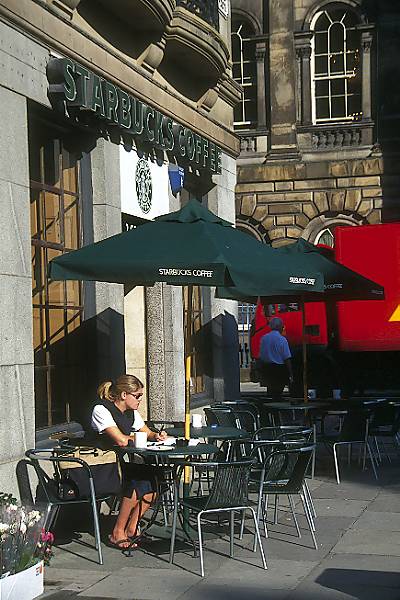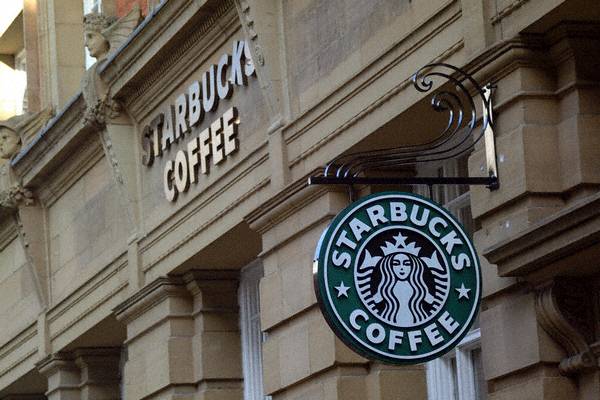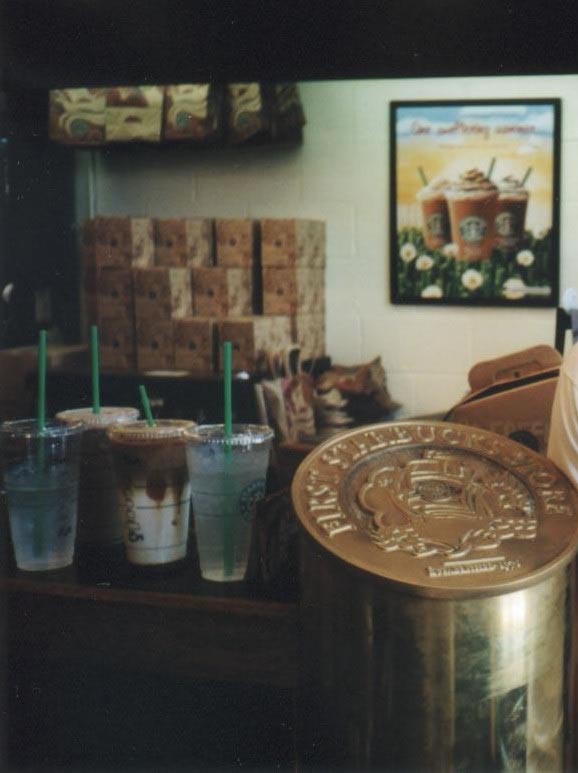
Starbucks,
Liverpool

Starbucks, York
Still, Starbucks reigns supreme as the ‘coffee capitalist.’ Thus, enjoying tremendous profits that allow it the mobility and financial leverage to expand to desirable locations throughout the world. What does a huge corporation like Starbucks really care about the thousands of local coffeehouses it has forced to fold under the pressure of its competition? Probably not too much, considering cutthroat capitalist competition. Yet, Starbucks should hold some affinity for the local coffeehouse, after all Starbucks itself began only twenty years ago as a local coffeehouse in Seattle, Washington. And today, it is the leading retailer, roaster and brand of specialty coffee in the world. The evolution of Starbucks reflects the evolution of commercial space. What started out as a small enterprise, became a multi-billion dollar industry.
Just as Starbucks has evolved over time, so has urban theory. Urban theory has developed through three major perspectives: the urban ecological perspective, the social cosmopolitan perspective, and the postmodern perspective. Urban ecology determines that the environment is the defining factor in the way in which people interact in a finite space. In contrast, the social cosmopolitan perspective argues that people’s values shape their interactions and experiences. Finally, contemporary postmodernists argue that through themed manipulation space is now being modified to create a particular experience. For instance, in themed spaces, carefully chosen props set the stage for contemporary consumption. Consumers frequent themed spaces because they are attracted to the unique atmospheres represented within each respective space. Consumers not only purchase Starbucks goods, they patronize the Starbucks theme: arguably, leisure and the ‘finer’ points of life. The customer is buying an experience, actually consuming the Starbucks milieu, the themed space itself.

Inside Starbucks, Seattle